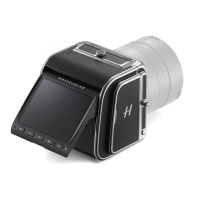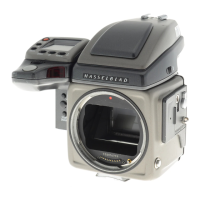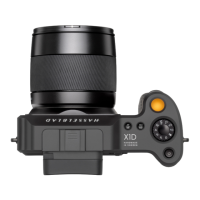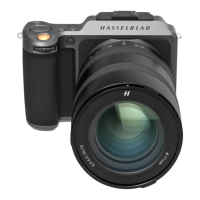EN
5
flammable surfaces such as carpet or wood. DO NOT leave the
battery unattended when charging.
•
Disconnect the charger when not in use. Examine the charger
regularly for damage to the cord, plug, enclosure, or other
components. DO NOT use a charger that is damaged in any way.
•
Charge the battery at a temperature from 5° to 40° C (41° to 104°
F). The ideal charging temperature is 22° to 28° C (72° to 82° F).
Charging at the ideal temperature can prolong battery life.
3. Storage and Transportation
•
DO NOT leave the battery near heat sources such as a furnace or
heater, under direct sunlight, or inside a vehicle in hot weather.
•
The battery should be stored in a cool, ventilated, and dry
environment without direct sunlight at a temperature from 20° to
30° C (68° to 86° F) and the battery level should be kept between
40-60%. A good storage environment can effectively extend the
service life of the battery.
•
DO NOT store the battery for an extended period after fully
discharging. Otherwise, the battery may over-discharge and cause
irreparable damage to the battery cell.
•
If a battery with a low battery level has been stored for an extended
period, the battery will be in deep hibernation mode. Charge to
wake the battery.
•
DO NOT transport damaged batteries. If a battery is damaged,
dispose of it in a suitable recycling container by strictly following
local regulations.
•
Discharge the battery to 30% or lower before carrying it on a flight.
Only discharge the battery in a fireproof location.
4. Disposal
•
Dispose of the battery in a suitable recycling container only after fully
discharging it. The battery contains hazardous chemicals. DO NOT

